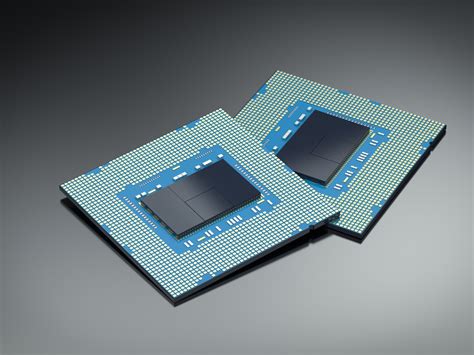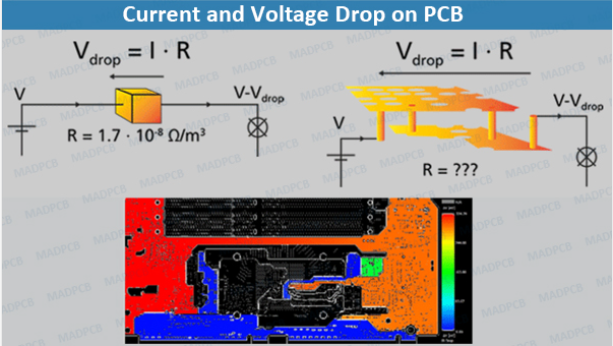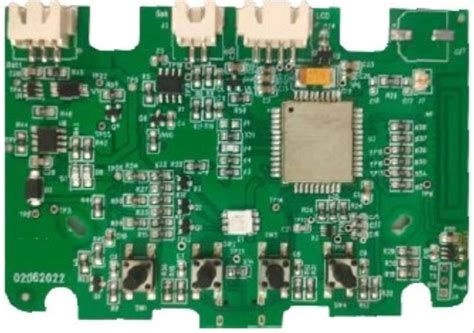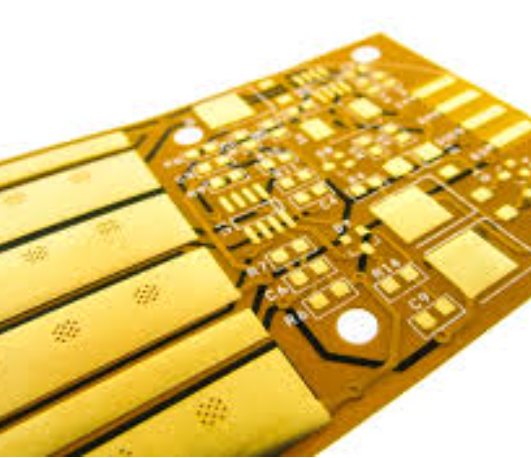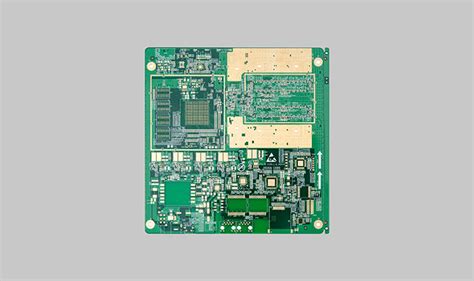Circuit Board Assembly Partners Ensuring Seamless Integration

Key Takeaways
Choosing the right PCB assembly partner is pivotal for achieving seamless integration in electronics manufacturing. Leading PCBA providers combine precision engineering with advanced automation to deliver boards that meet exact design specifications, minimizing errors and maximizing reliability. Their expertise in surface-mount technology (SMT) and through-hole assembly ensures compatibility with diverse component types, while real-time monitoring systems maintain consistency across production batches.
Collaborative partnerships emphasize shared technical roadmaps, enabling manufacturers to align assembly processes with product lifecycle goals. By integrating PCB assembly workflows with supply chain optimization tools, partners reduce lead times and mitigate risks like component shortages. Rigorous quality assurance protocols, including automated optical inspection (AOI) and functional testing, guarantee compliance with industry standards such as IPC-A-610.
For future-ready solutions, top-tier PCBA firms adopt modular production systems and scalable architectures, allowing rapid adaptation to emerging technologies like IoT or 5G. This forward-thinking approach ensures electronics remain competitive in evolving markets while maintaining cost-efficiency and performance benchmarks.
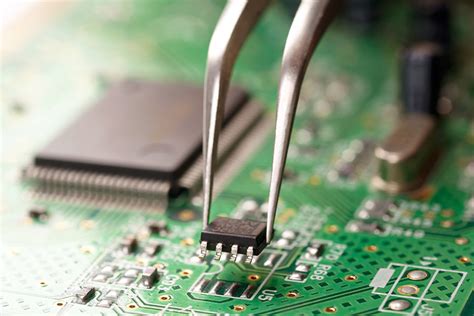
Precision Engineering in PCB Assembly
Modern PCB assembly relies on precision engineering to meet the exacting demands of today’s electronics. From medical devices to aerospace systems, the accuracy of component placement, trace routing, and soldering techniques directly impacts functionality and reliability. Leading PCBA providers employ advanced tools like automated optical inspection (AOI) and 3D solder paste inspection (SPI) to ensure micron-level tolerances, minimizing defects and enhancing product longevity.
A critical aspect of precision engineering lies in material selection. High-frequency applications, for instance, require substrates with low dielectric loss, while ruggedized electronics demand materials resistant to thermal stress. By integrating design-for-manufacturing (DFM) principles early in the process, PCB assembly partners optimize layouts for both performance and scalability. This approach reduces rework risks and accelerates time-to-market—key factors in competitive industries.
For businesses seeking expertise in precision-driven workflows, evaluating a manufacturer’s technical capabilities is essential. Look for certifications like IPC-A-610 and ISO 9001, which validate adherence to global quality standards. As miniaturization trends push component sizes below 0201 packages, the role of precision engineering in PCBA becomes even more pivotal, ensuring seamless integration across increasingly complex electronic ecosystems.
Advanced Technologies for Seamless Integration
Modern PCB assembly relies on cutting-edge technologies to achieve mission-critical precision and reliability in electronics manufacturing. Leading PCBA providers leverage automated optical inspection (AOI) systems, 3D solder paste inspection (SPI), and intelligent process control software to minimize defects and ensure component alignment at micron-level accuracy. These systems work synergistically with surface-mount technology (SMT) lines, enabling rapid prototyping and high-volume production without compromising quality.
The adoption of Industry 4.0 principles further enhances integration capabilities, with IoT-enabled machinery providing real-time data analytics for predictive maintenance and yield optimization. For instance, machine learning algorithms analyze thermal profiles during reflow soldering to prevent cold joints or warping—common challenges in PCB assembly. Additionally, modular design frameworks allow PCBA partners to seamlessly adapt to mixed-technology boards, combining rigid-flex configurations with embedded components for compact, high-performance devices.
Such advancements not only accelerate time-to-market but also foster compatibility with emerging standards like 5G infrastructure and AI-driven IoT ecosystems. By integrating design-for-manufacturability (DFM) tools early in the development cycle, manufacturers eliminate interoperability gaps between hardware and firmware, ensuring end-to-end functional coherence. This technological synergy positions PCB assembly companies as pivotal collaborators in building scalable, future-ready electronic systems.

Collaborative Partnerships in Electronics Manufacturing
In modern electronics manufacturing, PCB assembly and PCBA providers are no longer mere suppliers—they act as strategic partners driving innovation. By aligning design, prototyping, and production workflows, these collaborators ensure seamless integration of components while addressing challenges like miniaturization and thermal management. A 2023 Electronics Sourcing Journal study revealed that 72% of OEMs reduced time-to-market by 18% through early-stage PCB assembly partner involvement.
| Traditional Approach | Collaborative Model |
|---|---|
| Siloed design/production | Cross-functional teams |
| Fixed specifications | Iterative feedback loops |
| Post-production testing | Real-time quality monitoring |
“True partnership means sharing risk and reward. When PCBA specialists co-develop embedded systems, they preempt 40% of potential failure points,” notes Dr. Elena Torres, CTO of NexGen Circuits.
This synergy extends to material sourcing, where partners leverage predictive analytics to mitigate supply chain disruptions. Advanced IoT-enabled assembly lines further enable remote diagnostics, allowing joint troubleshooting of soldering defects or impedance mismatches. For high-reliability sectors like aerospace, such collaboration ensures compliance with MIL-PRF-31032 standards while optimizing layer stackup configurations.
Transitioning to this model requires transparent IP agreements and shared KPIs. Leading firms now use blockchain-based platforms to track PCB assembly milestones, fostering accountability across geographically dispersed teams.
Streamlined Processes for Circuit Board Assembly
Modern PCB assembly (PCBA) workflows prioritize efficiency through standardized protocols and intelligent automation. By integrating automated pick-and-place systems and AI-driven inspection tools, manufacturers reduce manual intervention while maintaining precision in component placement. Advanced software platforms synchronize design files with production machinery, minimizing discrepancies between prototyping and full-scale runs. For instance, Gold Phoenix PCB employs real-time analytics to optimize solder paste application and reflow oven temperatures, ensuring consistent quality across high-volume orders.
Collaborative PCBA partnerships further streamline operations by aligning engineering teams with client specifications early in the design phase. This proactive approach reduces revision cycles and accelerates time-to-market for complex electronics. Automated optical inspection (AOI) and in-circuit testing (ICT) modules are embedded within assembly lines to flag defects at critical checkpoints, preventing costly rework. Additionally, lean manufacturing principles—such as just-in-time material sourcing—enhance resource utilization while reducing waste.
By adopting modular production cells and flexible scheduling, PCB assembly providers adapt swiftly to fluctuating demand without compromising throughput or reliability. Such agility is vital for industries requiring rapid scalability, from IoT devices to automotive control systems. These refined processes not only bolster manufacturing accuracy but also reinforce traceability, enabling partners to audit supply chains for compliance with global standards.
Quality Assurance in Electronics Production
Robust PCB assembly quality assurance protocols are critical for minimizing defects and ensuring compliance with industry standards. Leading PCBA providers implement multi-stage inspection systems, combining automated optical inspection (AOI) with X-ray analysis to detect soldering flaws, component misalignments, and micro-cracks invisible to the naked eye. These processes align with IPC-A-610 and ISO 9001 benchmarks, guaranteeing consistency across high-volume production runs.
Advanced traceability frameworks further strengthen quality control, with serialized tracking of materials and panelization strategies optimizing yield rates during fabrication. Real-time data analytics enable proactive adjustments, such as recalibrating reflow ovens or modifying stencil designs to address emerging deviations. Collaborative partnerships between manufacturers and PCB assembly specialists ensure adherence to client-specific tolerances, particularly for mission-critical applications in aerospace or medical devices.
By integrating statistical process control (SPC) methodologies, PCBA teams reduce variability while maintaining throughput speeds. Post-assembly functional testing—including burn-in trials and environmental stress screening—validates product resilience under operational conditions. This layered approach not only safeguards against recalls but also aligns with the broader objectives of seamless integration and performance optimization outlined in modern electronics manufacturing workflows.
Optimizing Performance Through PCB Partnerships
Effective collaboration with PCB assembly partners is critical for achieving peak performance in electronics manufacturing. By aligning design objectives with production capabilities, manufacturers ensure that PCBA processes are optimized for both efficiency and reliability. This synergy begins with early-stage consultations, where partners analyze design for manufacturability (DFM) principles to minimize errors and reduce time-to-market. For instance, transitioning from manual to automated assembly enhances precision in surface-mount technology (SMT) applications, particularly for high-density interconnect (HDI) boards.
Strategic partnerships also enable real-time feedback loops, allowing iterative improvements to component placement, thermal management, and signal integrity. Advanced PCB assembly providers leverage data analytics to identify bottlenecks, ensuring that testing protocols align with industry standards like IPC-A-610. Moreover, scalable PCBA solutions empower businesses to adapt to fluctuating demands without compromising quality—a key advantage in sectors requiring rapid prototyping or mass production. By fostering transparent communication and shared performance metrics, these collaborations create a foundation for future-proofing electronics workflows, seamlessly linking to broader goals of scalability and innovation.
Future-Ready Solutions for PCB Integration
As industries evolve toward smarter, interconnected systems, PCB assembly providers are adopting future-ready strategies to address emerging technological demands. The integration of advanced materials, such as high-frequency laminates and flexible substrates, enables PCBA (printed circuit board assembly) solutions to support next-generation applications in IoT, 5G, and AI-driven devices. By leveraging automated optical inspection (AOI) and 3D solder paste inspection (SPI), manufacturers ensure precision while scaling production for complex designs.
A critical focus lies in design for manufacturability (DFM) principles, which streamline collaboration between engineers and PCB assembly companies to minimize errors and reduce time-to-market. Companies like Corintech emphasize modular assembly techniques and cross-platform compatibility, allowing seamless upgrades in legacy systems. Additionally, the shift toward Industry 4.0-compliant workflows integrates real-time data analytics, enabling predictive maintenance and adaptive manufacturing processes.
To future-proof integrations, leading partners prioritize thermal management solutions and signal integrity optimization, particularly for high-density interconnect (HDI) boards. This forward-thinking approach ensures that PCBA systems not only meet current performance benchmarks but also adapt to evolving standards in sustainability and energy efficiency. By balancing innovation with scalability, these strategies empower electronics manufacturers to navigate rapid technological shifts without compromising reliability.
Ensuring Seamless Electronics Manufacturing Workflows
Achieving uninterrupted workflows in electronics manufacturing hinges on strategic collaboration with PCB assembly partners capable of synchronizing design, prototyping, and production phases. Leading PCBA providers leverage automated optical inspection (AOI) systems and traceability protocols to minimize errors while maintaining throughput. By integrating advanced PCB assembly technologies—such as surface-mount technology (SMT) and precision pick-and-place systems—manufacturers reduce bottlenecks between component sourcing and final testing.
For instance, innovative circuit card assembly solutions now employ real-time data analytics to predict material shortages or equipment malfunctions, enabling proactive adjustments. This alignment ensures just-in-time delivery of assembled boards while preserving rigorous PCBA quality standards. Furthermore, cross-functional communication tools embedded within PCB assembly platforms allow engineers, procurement teams, and clients to track progress, resolve discrepancies, and validate design changes without workflow interruptions. Such end-to-end visibility transforms fragmented processes into cohesive systems, ensuring scalability for high-volume orders and adaptability for custom projects.

Conclusion
Selecting the right PCB assembly partner is pivotal for achieving seamless integration across electronics manufacturing workflows. Leading PCBA providers combine precision engineering with advanced technologies to deliver solutions that align with evolving industry demands. By prioritizing collaborative partnerships, manufacturers can leverage expertise in design optimization, material selection, and process automation, ensuring both scalability and reliability.
A robust focus on quality assurance—supported by rigorous testing protocols and real-time monitoring—minimizes risks such as solder defects or component misalignment. For insights on addressing common assembly challenges, refer to this guide. Furthermore, forward-thinking PCBA partners integrate future-ready solutions like IoT-enabled traceability and AI-driven analytics, enabling proactive adjustments to production cycles.
Ultimately, the synergy between PCB assembly specialists and electronics manufacturers drives optimized performance while maintaining cost-efficiency. By fostering transparent communication and shared accountability, these partnerships ensure that every phase—from prototyping to mass production—advances toward operational excellence and market competitiveness.
Frequently Asked Questions
What distinguishes PCB assembly from PCBA?
PCB assembly refers to the process of populating a bare circuit board with components, while PCBA (Printed Circuit Board Assembly) denotes the completed board after all components are soldered and tested. Both terms emphasize precision in manufacturing but differ in their production stages.
Why partner with specialized PCB assembly companies?
Collaborating with experts ensures access to advanced technologies, such as automated optical inspection (AOI) and surface-mount technology (SMT), which minimize errors and enhance seamless integration with existing systems. These partners also provide quality assurance protocols to meet industry standards.
How do electronics manufacturers ensure reliability?
Leading companies implement rigorous testing phases, including functional testing and thermal cycling, to validate optimized performance. Additionally, they adopt streamlined processes like just-in-time inventory management to reduce lead times and costs.
What role does collaboration play in electronics manufacturing?
Proactive communication between partners allows for real-time adjustments, aligning production with design intent. This collaborative approach ensures future-ready solutions, such as scalability for IoT or AI-driven applications.
Can PCB assembly services support high-mix, low-volume projects?
Yes. Modern providers leverage flexible manufacturing systems to accommodate diverse project scales without compromising precision engineering or turnaround efficiency.
Elevate Your Electronics Production Today
Explore how our expertise can elevate your project—please click here to connect with a trusted PCBA partner for tailored solutions.



